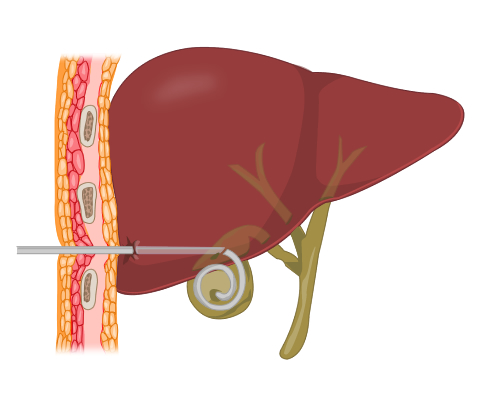Patient Preparation
Feedback
Keyword matches are highlighted.
It is essential to:
- Review all available imaging to confirm the indication for the procedure. It also helps to assess gallbladder anatomy and establish safe access route to the gallbladder
- Check full blood count and coagulation profile to assess the risk of haemorrhage
- Obtain informed consent for the procedure
- Obtain good peripheral IV access
- Administer broad-spectrum IV antibiotics 1-4 hours prior to the procedure. Septic patients are often already on parenteral antibiotics
- Arrange analgesia and sedation according to patient comfort
Remember, patients with jaundice often have deranged liver function and abnormal clotting. Check platelets and coagulation before going ahead.

